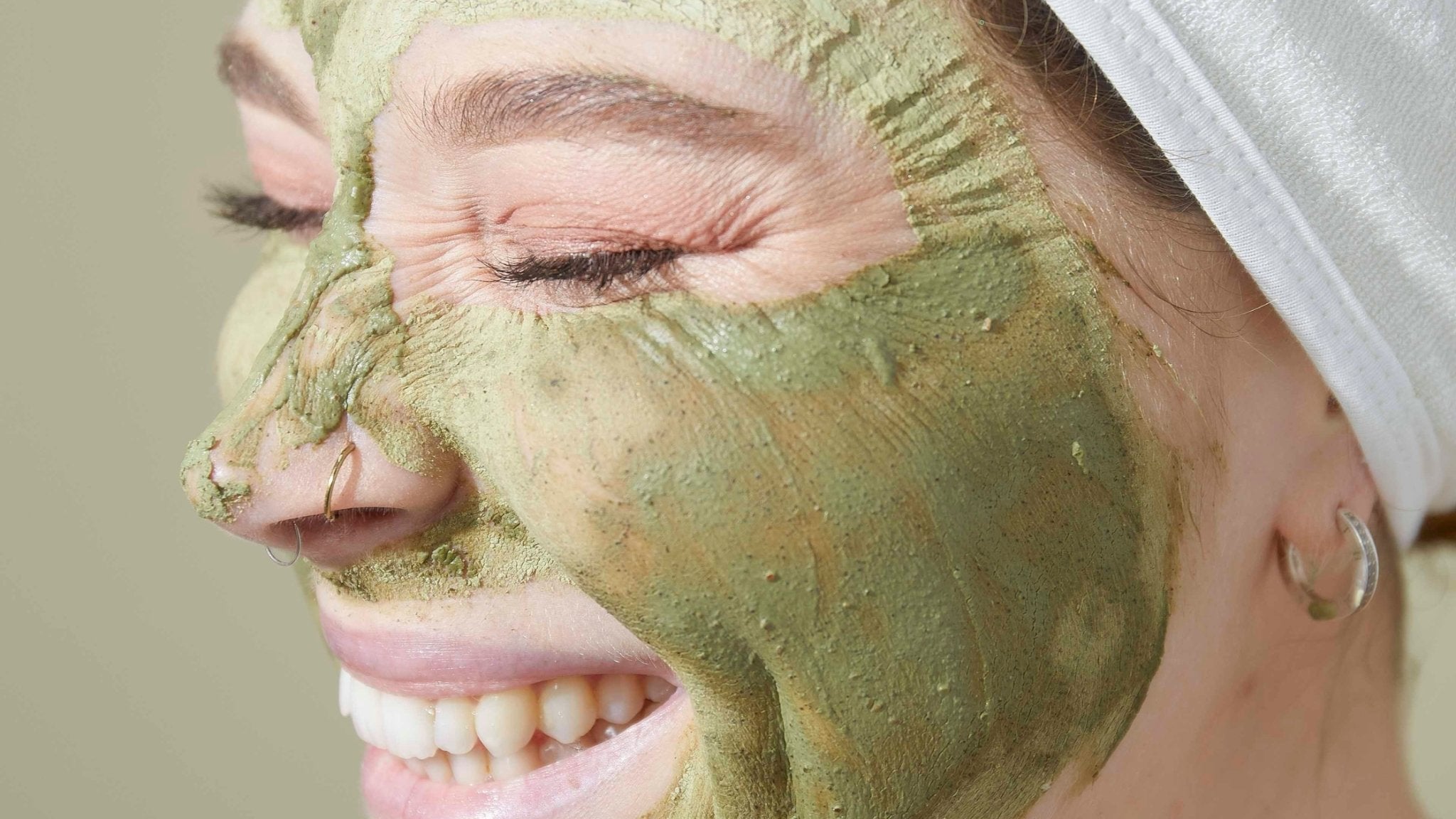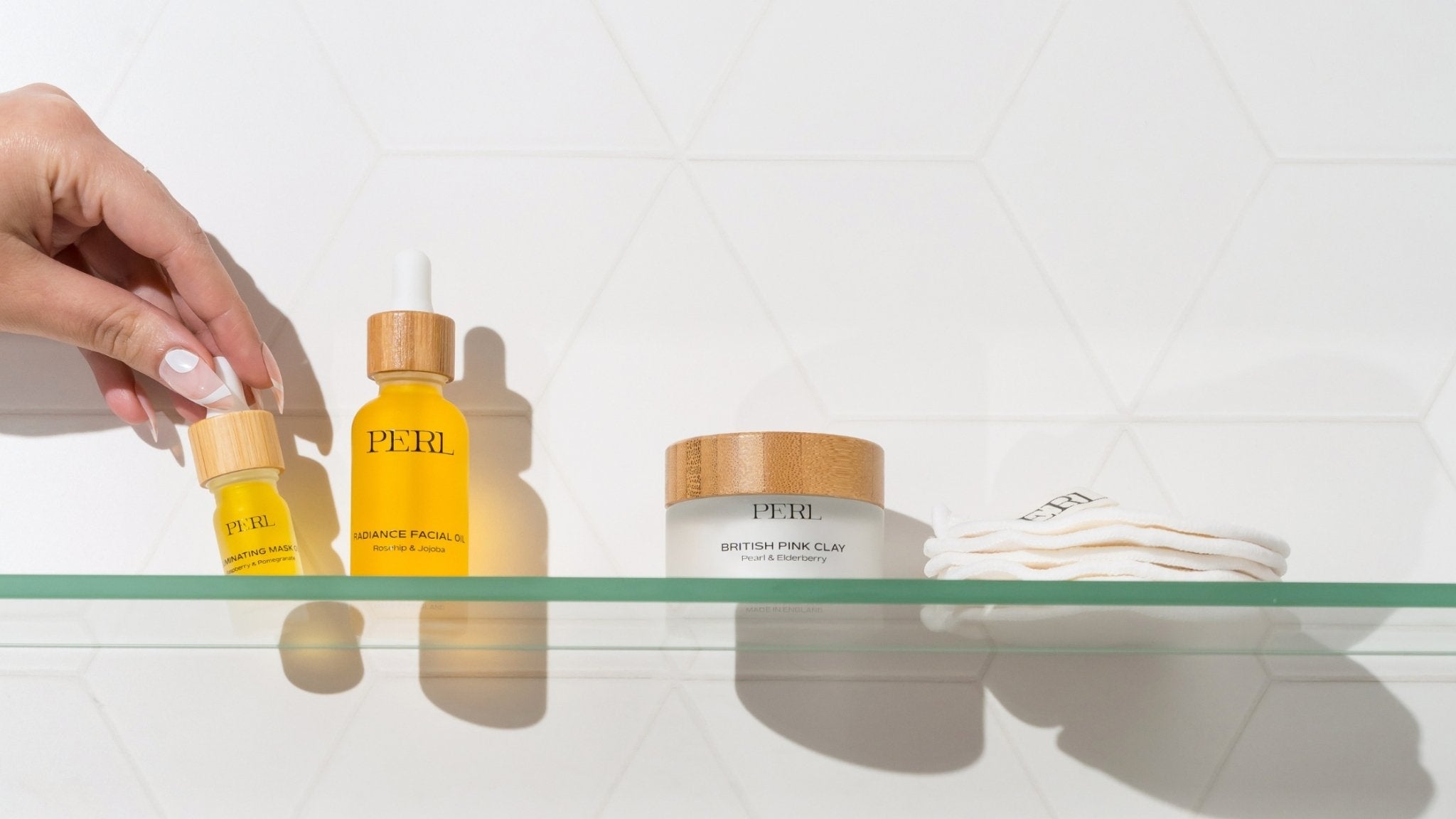
Why is my face red after using a clay face mask?
Clay face masks have gained popularity in recent years for their ability to deeply cleanse the skin, absorb excess oil, and improve the overall complexion. However, it's not uncommon to experience some redness after using a clay face mask.
Let's explore the reasons why your face may turn red after using a clay mask:
- Increased blood circulation
One of the primary reasons for post-mask redness is increased blood circulation. Clay masks work by drawing out impurities and toxins from the skin, which can stimulate blood flow to the surface. This increased circulation can cause temporary redness, similar to the flush you experience after exercise. It's a sign that the mask is effectively stimulating your skin and promoting a healthy glow. - Over exfoliation
Over exfoliation can lead to skin irritation and redness, especially if you combine a clay mask with other exfoliating products or techniques. Clay masks already have exfoliating properties, so using additional scrubs or harsh cleansing methods can strip away the skin's protective barrier, causing redness and inflammation. We recommend using our clay masks once a week if you have a dry to normal complexion and twice a week if you're oily.
- When you remove the mask
The duration that you leave the clay mask on your face can impact the level of redness you experience. Leaving the mask on for too long can cause the clay to dry out excessively, leading to discomfort and redness upon removal. We advise you leave the mask on for 10-15 minutes, until the mask is dry in places but tacky in others. Additionally, ensure that you're gently removing the mask with lukewarm water and a soft cloth to minimize any potential skin irritation. -
Sensitivity or allergic reaction
While clay masks are generally safe for most skin types, some individuals may have heightened sensitivity or allergic reactions to certain ingredients. The redness you experience after using a clay mask could be a result of irritation or an allergic response. If you notice persistent or severe redness, itching, or swelling, it's essential to discontinue use and consult a dermatologist to determine the cause.
Our tips to minimise redness:
- Patch Test
Before applying a new clay mask to your entire face, perform a patch test on a small area of your skin to check for any adverse reactions or sensitivity. -
Choose a gentle formula
Opt for clay masks formulated for sensitive or reactive skin types, such as our French Green Clay Mask which contains soothing ingredients like aloe vera, chamomile and green tea.
-
Hydrate and moisturise
After using a clay mask, replenish your skin's moisture barrier by applying a gentle, hydrating moisturizer to soothe and nourish the skin.
-
Use less frequently
If you experience persistent redness, consider using your clay mask less frequently, such as once a week or every other week, to give your skin ample time to recover between treatments.
-
Seek professional advice
If you're consistently experiencing severe redness or discomfort after using a clay mask, it's advisable to consult with a dermatologist. They can assess your skin's specific needs and recommend suitable alternatives or adjustments to your skincare routine.
In conclusion, experiencing some redness after using a clay face mask is generally normal and often indicates that the mask is effectively working to improve your skin.
However, it's important to differentiate between temporary redness and signs of irritation or allergic reaction. By understanding the reasons behind facial redness and following the tips provided, you can make the most of your clay mask experience while minimizing any unwanted redness or discomfort.
Remember to listen to your skin and be gentle with your skincare.



Leave a comment
This site is protected by hCaptcha and the hCaptcha Privacy Policy and Terms of Service apply.